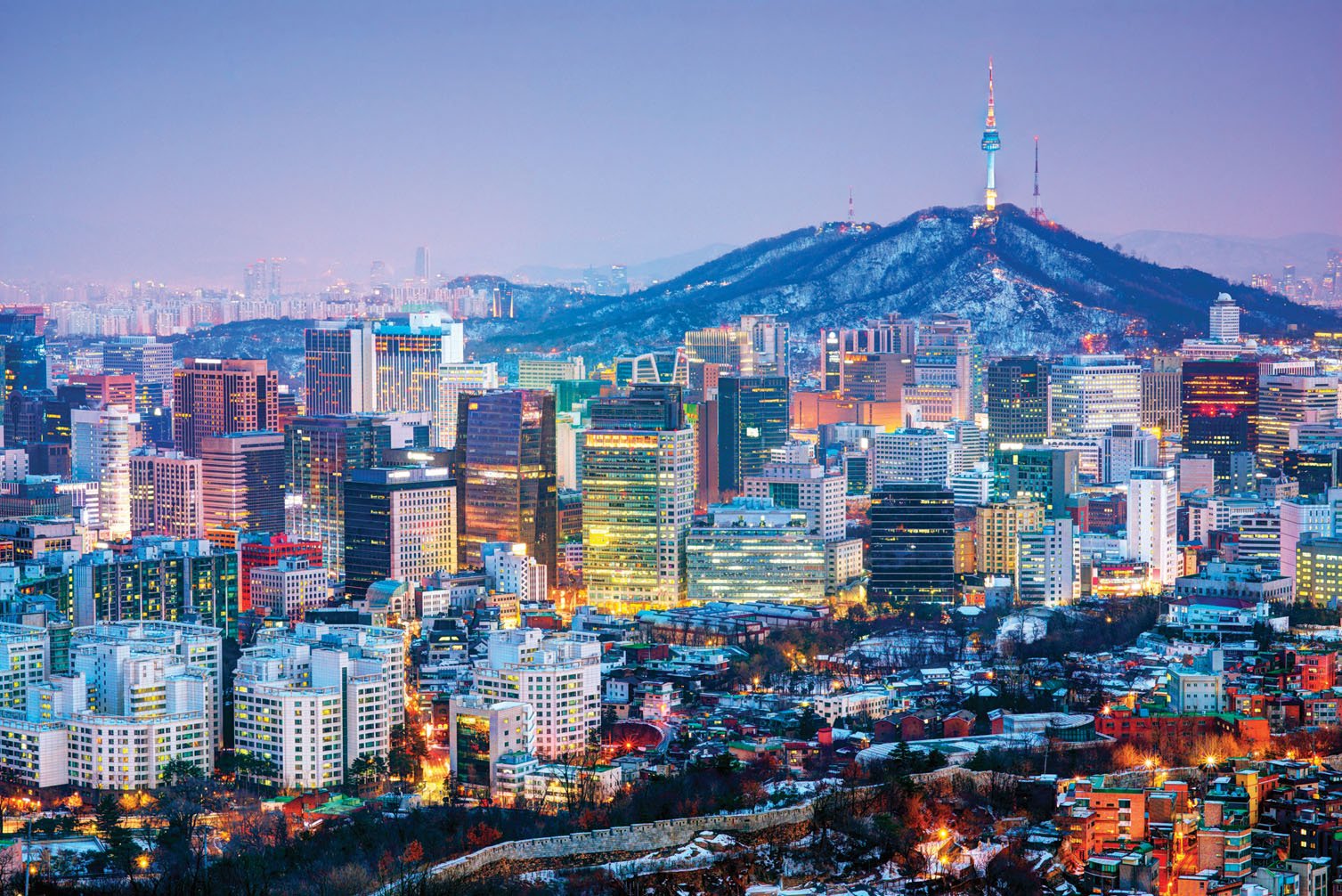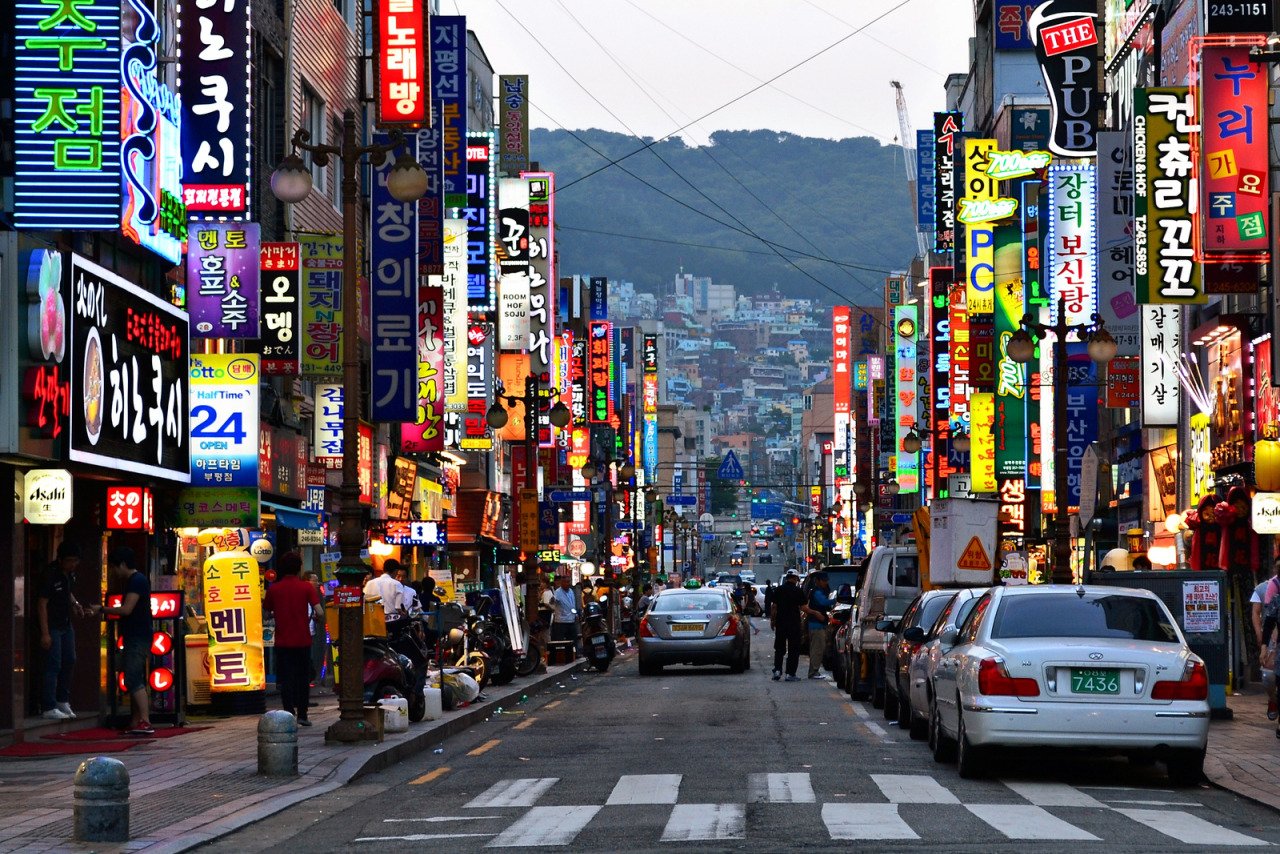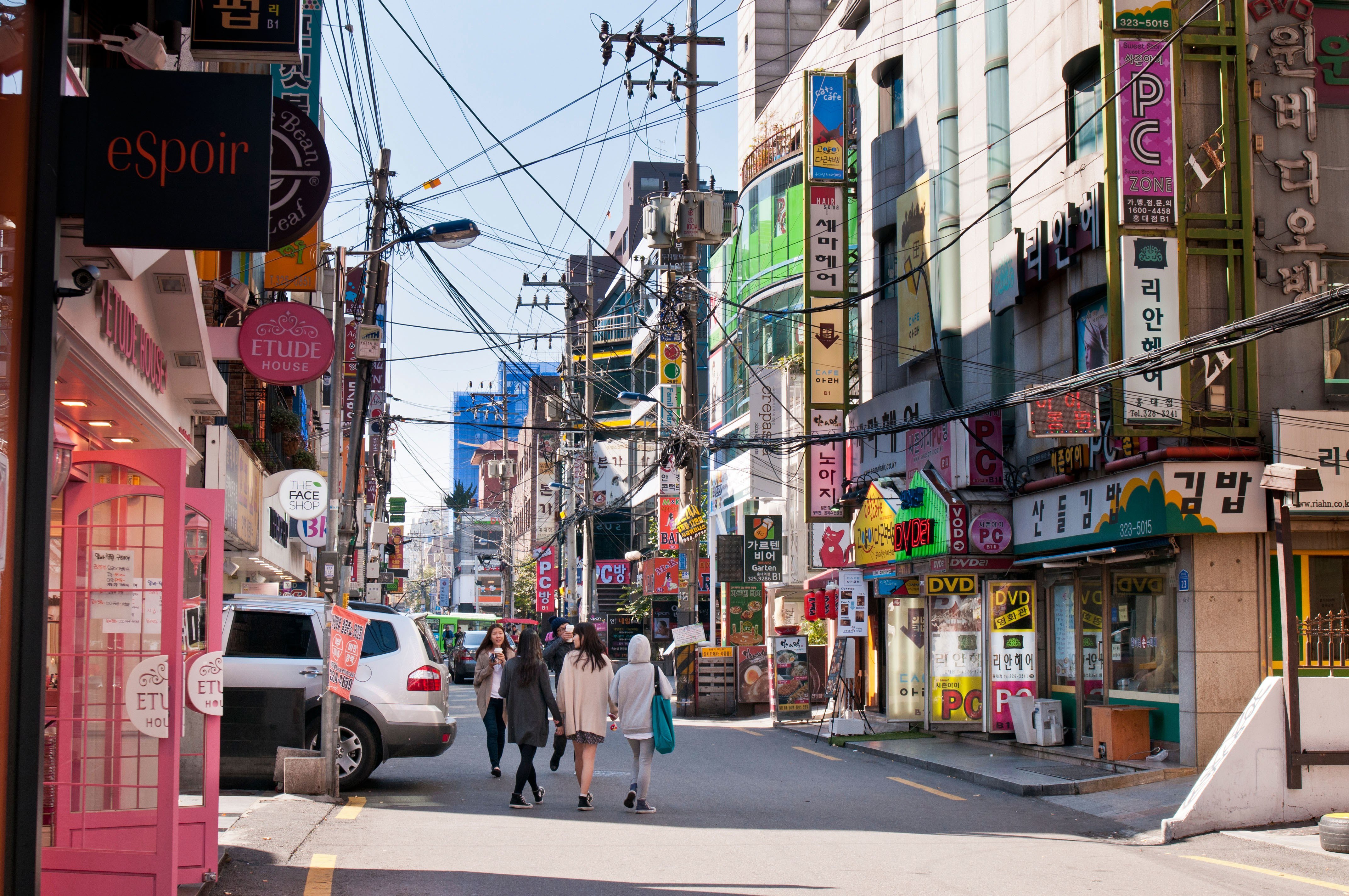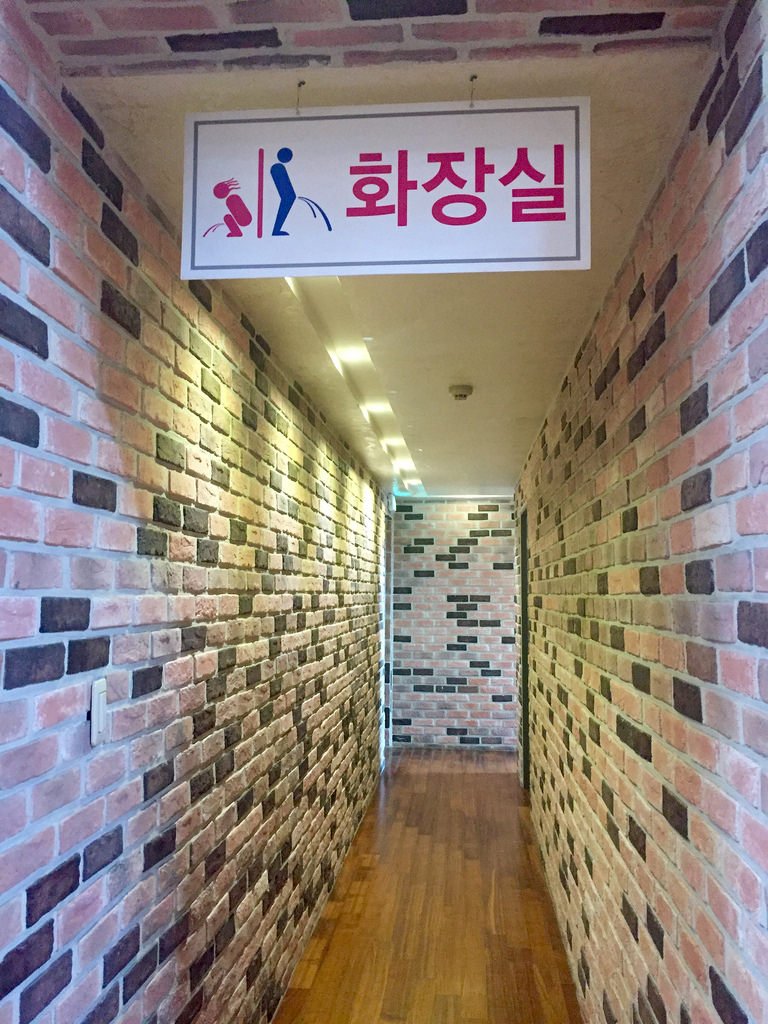
Building a Well-Knit Society
As an architect, I'm always keen to observe the subtleties of buildings in various cities. I believe that cultural sensibilities heavily impact the way in which cities are constructed and in turn, they perpetuate a cultural atmosphere. This idea is best felt on the cobblestones of Rome's ancient roads or in New York's concrete jungle or the long winding open roads of LA. Buildings reveal a great deal of how we live and what our daily lives are like.

Source: Room Suggestion
I've been in Korea for a few weeks now and upon every visit, I notice more and more of these elements that really make Korea what it is. Some of these used to be much more prevalent decades ago when Western influence and commercial techniques hadn't affected the country so much but there's no denying the way in which Korean sensibilities still exude from the ground up.
Here are just some beginner observations, breaking down some of the more evident examples and why they're so common on the peninsula.
Signage
One of the first things you notice while walking around most parts of big cities, and even many many small towns, is the amount of written letters and signs all over buildings downtown. When Koreans make commercial buildings, they make sure as much square footage of the construct is commercial. Multiple levels are used for a variety of programs and the facade indicators display as much.

Source: dabananabunch Flickr
A different type of signage technique allows for a much higher density of programs and companies in the Korean urban fabric. Whereas western cities are very street-level oriented and assign commercial activity to storefronts, vertical signage in Asian countries spreads foot traffic upwards, usually pulling up programs to at least the 2nd and 3rd floors. This allows smaller or newer businesses to take advantage of lower rent within the same highly trafficked areas.

Source: Conde Nast Traveler
This makes a great deal of sense when you consider not all programs are made equal nor require a storefront. Clothing brands and big-box retailers might need and want to shell out for the highest amount of foot traffic, but more recreational activities such as snooker could more efficiently occupy the 2nd or third, be only a flight of stairs more trouble away, and significantly cut costs while even enjoying more space in most scenarios.
Shared Amenities
Most buildings share a number of critical amenities, particularly for the commercial sector. Density comes at great benefit here once again and anyone with a bit of construction background knows that this saves tremendous resources and trouble in terms of circulation, utility efficiency, costs per square foot, carbon footprint, and general access.

Commonly shared public bathrooms. Source: Fiveprime Flickr
The most evident are bathrooms that very regularly exist at half levels in the stairwell. Very often, you will see restaurants, stores, and even offices have a communally shared set of toilets. Not only does this save space and share maintenance responsibilities between a number of entities, it removes the factor of what might be the most difficult part of any business. With severe late-night drinking being a daily part of Korean life, I can't imagine how universally horrendous it would be if each eatery and bar had to upkeep each of their own.
Anything Specific You'd Like Looked at?

Source: Kayak
Those were just 2 examples of societal attitudes linking with the built environment. Are there others you'd like looked at on the other side of the world (for most)? Let me know your thoughts below!

